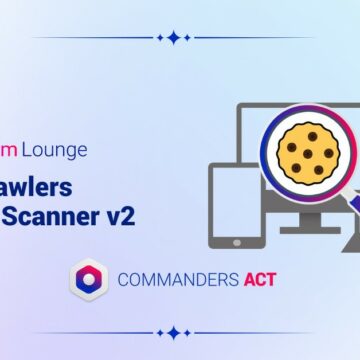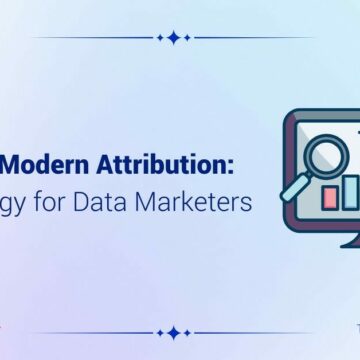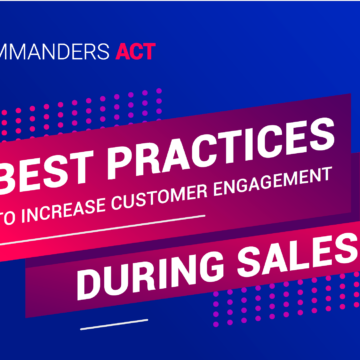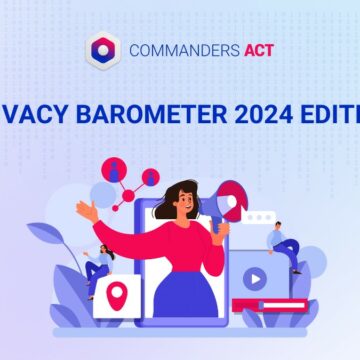How can deduplication drive your objectives?
01/12/2020 |

Associating a conversion with a single channel or partner is the main aim with deduplication. This process is firmly entrenched in today’s work practices and is mostly used with last-click attribution models. But as time goes by, this process is increasingly colliding with the reality of the customer journey. Read on for an explanation…
Who should be compensated for the conversion? This is the question that deduplication strives to answer. This is clearly a vitally important question, because it prevents a brand from paying several partners for the same conversion. Therefore, deduplication is a must-have for all those who use an affiliation strategy to credit the right partner. But affiliation is not the only playground for deduplication, far from it…
And rightly so, because the famous customer journey in today’s world is highly composite. A mix of premium channels (affiliation, sponsored links, SEA, social media ads, etc.) and free channels (newsletters, SEO, etc.) is used until the moment of final conversion. Not surprisingly, the journey is invariably a long and winding road, depending on the type of product. How can deduplication work in such cases? In other words, how can you decide who gets credit for the conversion? Before you get stuck into deduplicating your conversions, you need to be capable of attributing them…
No last click = no hope?
For the time being, the market has decided in favour of the simplest approach rather than the fairest approach. The bottom line is that the last click rule overwhelmingly applies. Therefore, credit is given to the channel that recorded the last-click before the conversion. This simple method may cut out any ambiguity, but it also turns a blind eye to the real picture when it comes to the customer journey.
Using a last-click rationale is a bit like giving credit to the person who painted the external walls and ignoring the person who actually built the entire structure. Yet there are other attribution models to choose from:
- First-touch attribution: this model credits the channel that obtained the first impression, without even talking about clicks. This method gives greater emphasis to raising awareness rather than the final conversion.
- First-click attribution: this model resembles the previous one and credits the channel that obtained the first click, such as an email, display campaign or SEO. This model may be favoured by brands that go for the organic share of voice to pre-empt a product category or subject when marketing products with long sales cycles.
- Linear attribution: in this case, attribution is distributed evenly across each channel involved. If the journey features affiliation, email, displays and SEA, each channel will be awarded 25% of the conversion.
- Time decay attribution: with this model, the closer the channel is to the conversion, the more credit it will receive. A display campaign at the beginning of the journey will receive 5 to 10% of the credit, whereas SEA ads near the conversion will receive 30% or more.
Measuring contributions in an omnichannel environment
Many other strategies, including multi-touch models, exist alongside last-click attribution. So why has this model gained so much traction despite being so (highly) approximate? Partly because the tools also tend to inspire the method, and those are sometimes confined to “post-click metrics”.
The positive news is that the situation is changing for the good. Although deduplication continues to be a major and critical topic, especially for all those involved in performance marketing, measuring the contribution of all the touchpoints is gaining in maturity. These two subjects are not contradictory. With the first method, the focus lies on contractual monitoring, while the second aims to improve how activations are managed in relation to objectives.
Several factors are helping turn contribution measurements into a method in its own right.
- In today’s omnichannel environment and even during the lockdown, the offline and online worlds need to be reconciled to achieve a global insight into the customer journey. Improving reconciliation will help unravel the complexity of the customer journey and shed greater light on the limitations of the last-click approach.
- It should not be forgotten that the number of touchpoints is tending to rise without actually replacing each other, such as the web, social networks, apps and phygital, on both smartphones and desktops, and whether organic or paid. Therefore, it is important to retain the ability to read their performance from a comparative perspective.
- Finally, brands are also looking to make greater use of the first-party data collected over their owned channels (websites, newsletters, etc.). This concern is even more pronounced with the heralded arrival of the post-cookies era. Valuing this owned capital involves carrying out an in-depth analysis into its contribution.
Track value (and not just clicks)
In response to these new concerns, solutions are also evolving and are now able to mark out the customer journey. A TMS (Tag Management System) such as TagCommander, which has already forged a reputation for its ability to deduplicate in real time and save man-days, can be used to track a wide range of touchpoints. Whether brands are operating in tag or server-side mode (also known as tagless or server-to-server), TagCommander tracks customer interactions from several touchpoints, including apps, websites, RFID and counters.
With 360-degree tracking, these interactions populate the MixCommander platform, which uses models to generate multi-touch attribution analyses. In other words, there are plenty of combinations that can be explored to identify which ones generate value.
That is precisely the idea in this case, namely overcome the strict advertising indicators that are often dependent on a given advertising server and which bring the same approach to everything, and instead embrace the most overarching view possible. With this approach, brands can identify the attribution model that best fits their needs and manage their deduplication process to match their objectives.











